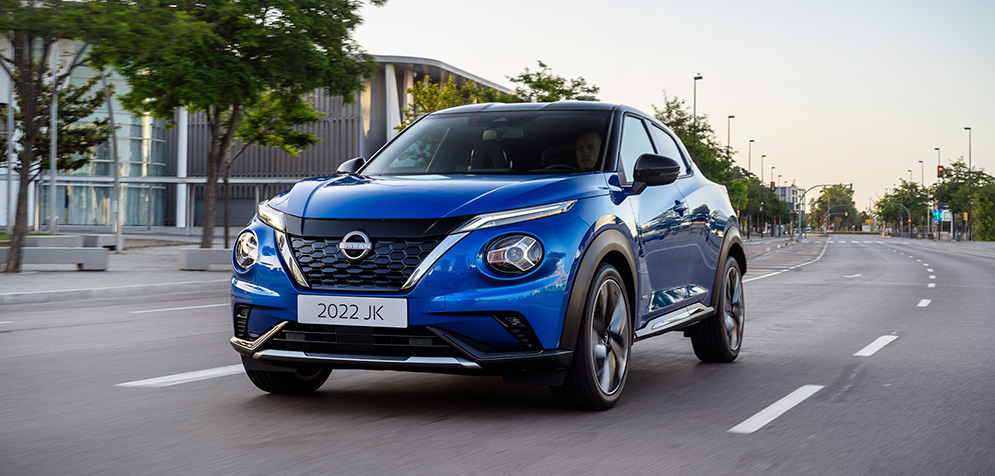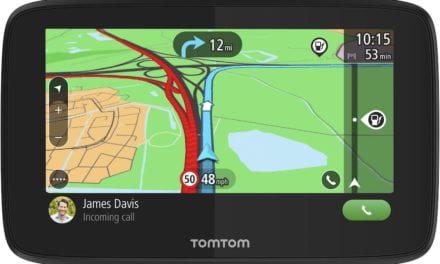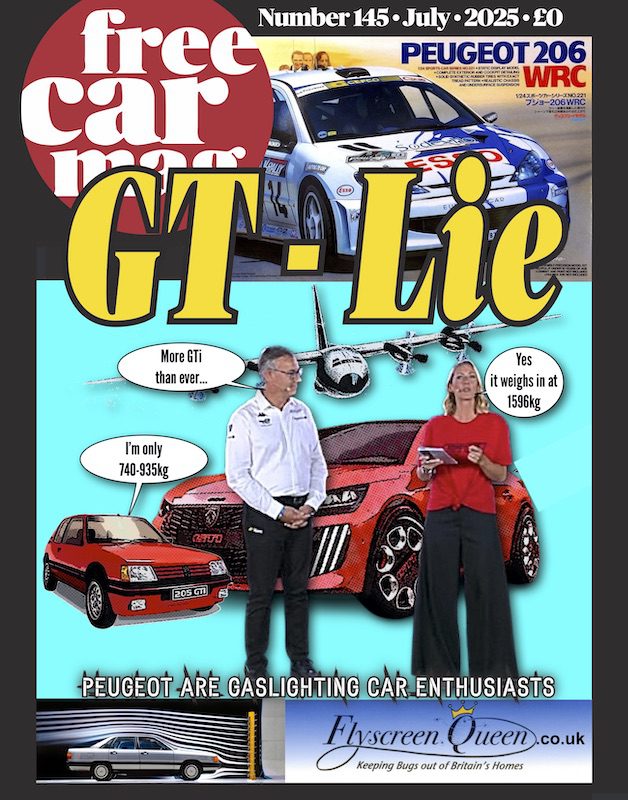The second-generation Nissan Juke, based on a new platform, was introduced in 2019, but now it also gets a new hybrid powertrain, and attending the UK media drive, we were among the first to drive it.
It combines a 1.6-litre four-cylinder petrol engine with a 36kW motor and 15kW generator to provide a combined total of 141bhp and 148Nm of torque through the front wheels. This gives it 0-62mph acceleration in 10.1 seconds and a top speed of 103mph. It achieves combined fuel economy of 56.5mpg and CO2 emissions are just 114g/km.
Compare this to the regular petrol version, a 1.0-litre 3-cylinder petrol that puts out 115bhp, will do the acceleration run in 11.8 seconds in automatic guise, but will reach 112mph. Combined economy is 44.1mpg and emissions are 116g/km.
The clever hybrid works both as an inline system and also a range-extender and even the transmission is intelligent, reserving four forwards gears for the petrol engine and two for the electric motor.
In addition to two new colours now available, the Magentic Blue of the car in the images and Ceramic Grey, it gets improved keyless proximity lock/unlock and starting, plus a new Nissan badge on the front, an active aero grille that opens and closes its shutters, and new 17-inch alloy wheels as well as optional 19-inch editions.
There’s a Bose 10-speaker sound system, with speakers built into the front seats’ headrests and the 7-inch infotainment that boasts not only Apple CarPlay and Android Auto, but Google and Alexa too. There’s even an app for your Juke which offer remote activations, alerts and even lets you know of the vehicle’s health.
Within the instrument panel the rev counter is replaced by a digital display showing its charge levels, and a centre display can be selected to show the hybrid system is doing at any given time. The E-pedal approximates a one-pedal drive mode with moderate braking, and drive modes include economy, standard and sport.
The hybrid version comes in the top three grades out of the five trim levels available for the Juke range, which are N-Connecta, Tekna and Tekna+. Prices start from £27,250 and rise to £30,150. On average the hybrid versions are about £1750 more expensive than the petrol-only variants. However, Nissan says that the hybrids are slower to devalue, retaining 50% of their price in three years, compared to 47% for the regular car.
The hybrid batteries are placed under the rear floor and admittedly this is said to cut cargo space by 10-15%, however with an adjustable floor, underfloor compartments for tools, tyre repair kit etc, plus the 60:40 split folding rear seats, you won’t notice a significant loss of luggage capacity.
Likewise, the rear passenger space remains reasonable for a car this size, good enough to accommodate three regular-sized adults, though watch out for claustrophobic types as the tapered in roofline and wide c-pillars do curtail light and space a little. A notch in the front seat headrests will help though.
Up front it feels spacious, comfortable and familiar, as well as a significant upgrade in quality levels and appearance compared to the original Juke, while retaining signature touches such as the gloss-painted centre console – though didn’t this used to be colour-coordinated with the exterior paint? The controls are simple and straightforward, there are no surprises here. An EV button allows you to hold onto electric-only mode but that’s only good for a couple of miles and up to 35mph, so it’s best to let the clever hybrid system choose the how to apply itself.
Talking of which, if you’re concerned that the complex interactions between the motors and the engine, not to mention the smart multi-modal hybrid gearbox will intrude and become irritatingly apparent while driving, don’t worry, I couldn’t detect any obvious differences in the drive, and I was looking for them. The system feels well integrated and unobtrusive, quietly going about its clever business without you needing to know about it. Unlike some hybrids, the engine always appears in tune with your throttle application – whereas some range-extender editions do have engines revving when you’re not. Which is just weird.
The drive itself it remarkable for the ride, in that it manages to subdue the harshness that often inflicts cars that have had a load of batteries sandwiched into their platforms. In fact, it’s very smooth, and I’d recommend sticking with the 17-inch wheels to get the best out of the suspension set-up.
After all this is not a racy car, despite feeling quick and adept enough in the cut and thrust of city traffic, able to hold its own on motorways cruising with ease, and verging on engaging when tackling b-roads with some alacrity. While not quick, the steering manages to offer some reassuring feel, and understeer is minimal.
It’s best as a small family SUV around town, giving you the adequate height and visual appeal of a rather stand-out SUV, though not quite as opinion-dividing as its predecessor with good practicality, great efficiency and undoubtedly hassle-free ownership.
BrownCarGuy.com
YouTube.com/BrownCarGuy
Facebook.com/BrownCarGuy
Instagram.com/ShahzadSheikh
Twitter.com/Shahzad_Sheikh











